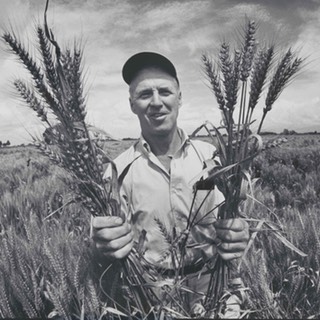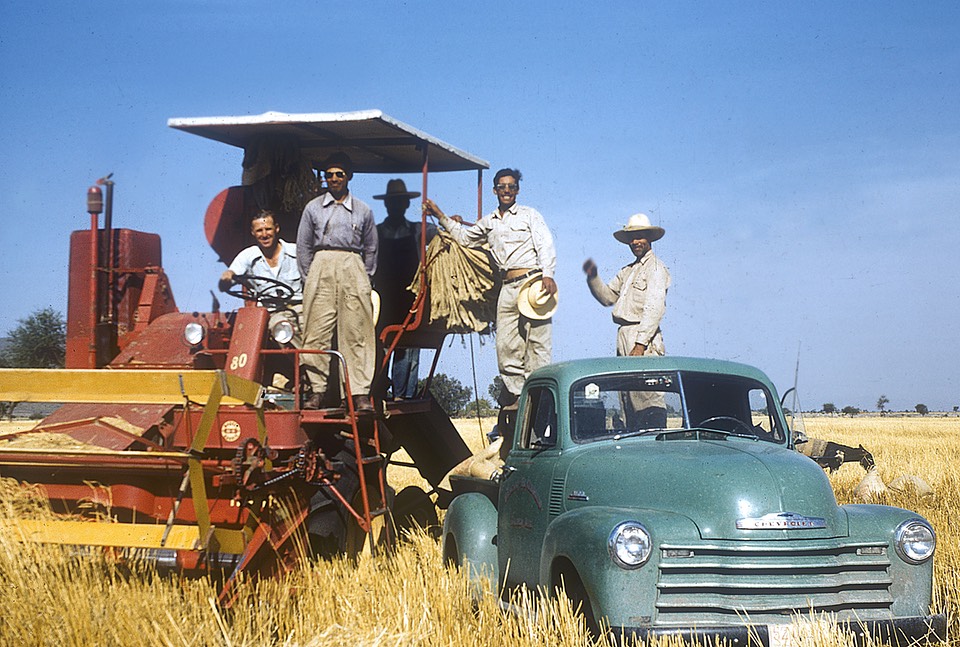- Jayson Lusk explains Changes in Meat Supply and Demand and what that actually means, at least in the US …
- … where lack of meat is not part of greater food insecurity.
- Another topinambour, monsieur?
- The University of Pisa gets to promote the natural variability of the fig.
- Faster, breeder! More! More!
- Why should you care that Scottish Archaeologists Discover Ruins of Massive Lost Wine-Bottle Glass Factory? Because bottle technology changed tastes, as will be explained in nest week’s episode.
Disputations about taste What is good taste? What tastes good?

Podcast: Play in new window | Download (Duration: 16:06 — 14.8MB)
Subscribe: Google Podcasts | Spotify | Android | RSS | More

Taste is a very curious thing. We understand that how we taste something is almost entirely subjective, that while it depends to some extent on the physical and chemical properties of the things we’re tasting, the sensation is overlaid with all sorts of cultural and personal memories. Unless you have access to all of those, there’s nothing you can say about my taste. Except, we do that all the time. We slip easily from taste being indisputable to good taste and bad taste and from there to making taste the basis of moral judgements. What’s more, this is nothing new.
These thoughts, and many more, were prompted by a new book: Food Fights: How History Matters to Contemporary Food Debates. It contains two chapters that cover taste directly (and a third that considers food choice from a slightly different point of view). In an effort to straighten myself out on the subject, I talked to the two chapter authors, and they’re going to be the guests in at least the next two episodes.
In the first instance, Margot Finn talked to me about the nature of taste and about how efforts to change people’s taste in food have often stemmed from a desire to change their behaviour.
Notes
- S. Margot Finn wrote Discriminating Taste: How Class Anxiety Created the American Food Revolution. She is “inconsistently” on Twitter.
- Food Fights is published by University of North Carolina Press. Here’s one place to source a copy.
- There is a transcript.
- Harvard crew circa 1910 from the Library of Congress. Cover photo of cilantro by José Camba on Flickr
Eat This Newsletter 122 Ecumenical
- Other diseases still matter. Olive “leprosy” remains serious. The science.
- The Counter dug deep into the mysterious flour shortage.
- Chickens and hares like unto gods, says The Guardian, and long before Easter.
- How Maxwell House Coffee appropriated Passover.
- In 2006, it seems I had a premonition about empty tomb cookies, recently brought to light.
The Man Who Tried to Feed the World A new documentary about Norman Borlaug

Podcast: Play in new window | Download (Duration: 29:38 — 27.3MB)
Subscribe: Google Podcasts | Spotify | Android | RSS | More
 Norman Borlaug won the Nobel Peace Prize in 1970 for his work as a wheat breeder. The disease-resistant, dwarf wheats that he developed were the foundation of the Green Revolution, banishing global famine and turning India into a food-exporting nation. Many people have hailed Borlaug as a saint, a saviour of humanity. Others have blamed him for everything that is wrong with the modern global food system. The truth, naturally, lies somewhere in between, which is brought out in a new documentary about Borlaug and his work.
Norman Borlaug won the Nobel Peace Prize in 1970 for his work as a wheat breeder. The disease-resistant, dwarf wheats that he developed were the foundation of the Green Revolution, banishing global famine and turning India into a food-exporting nation. Many people have hailed Borlaug as a saint, a saviour of humanity. Others have blamed him for everything that is wrong with the modern global food system. The truth, naturally, lies somewhere in between, which is brought out in a new documentary about Borlaug and his work.
The documentary airs on PBS in the United States next week. I got the chance to see a preview and to talk to Rob Rapley, the writer, director and producer.

As our conversation makes clear, I hope, Borlaug never really imagined he was improving the lot of small subsistence farmers. If he wanted to do that, he would not have been working on wheat. But he was very clear that all he had done was to buy us time. This is what he said in his Nobel Lecture in December 1970:
The green revolution has won a temporary success in man’s war against hunger and deprivation; it has given man a breathing space. If fully implemented, the revolution can provide sufficient food for sustenance during the next three decades. But the frightening power of human reproduction must also be curbed; otherwise the success of the green revolution will be ephemeral only.
He also said “I believe it is far better for mankind to be struggling with new problems caused by abundance rather than with the old problem of famine”.
My fear is that we have done neither. We have not used the time bought us by Borlaug and the Green Revolution wisely, nor have we any idea what to do with the abundance.
Notes
- Rob Rapley’s documentary The Man Who Tried to Feed the World airs on 21 April in the American Experience strand on PBS; Here’s the link for the episode.
- The book Rob Rapley mentions right at the start is Charles Mann’s The Wizard and the Prophet, about Norman Borlaug and William Vogt. Mann appears in the film too.
- I cannot pass up the opportunity to promote an episode I made back in 2016. The True Father of the First Green Revolution is about Nazareno Strampelli, an Italian plant breeder whose work foreshadowed Borlaug’s by 40 years.
- Small b&w photo of Borlaug with semi-dwarf wheats courtesy of National Portrait Gallery, Smithsonian Institution. Photo by Arthur Rickerby
- And, we have a transcript. Sorry for the delay.
- Cover (and main) photo shows Norman Borlaug behind the wheel of a combine harvester with the Mexican field technicians who contributed to seed production in the winter at Ciudad Obregón, Sonora, northern Mexico, c. 1952. Photo credit: CIMMYT.
- Banner photo shows Borlaug in the field at what is now CIMMYT’s CENEB station (Campo Experimental Norman E. Borlaug, or The Norman E. Borlaug Experiment Station), near Ciudad Obregón, Sonora, northern Mexico, in 1961. Note that the wheat is shoulder high, not a semi-dwarf variety (unless they are on their knees, which I doubt). Photo credit: CIMMYT
Eat This Newsletter 121
- Neanderthals enjoyed seafood. Well, why wouldn’t they?
- The right kind of smut is so good. Clickbait, right?
- Keep your sourdough small, with The Perfect Loaf’s guide.
- ICYMI, six years ago I talked to Mary Neuberger about a conference on Culture and Cuisine in Russia & Eastern Europe.
- Several of those conference papers are in a special issue of Gastronomica, the journal for food studies.
